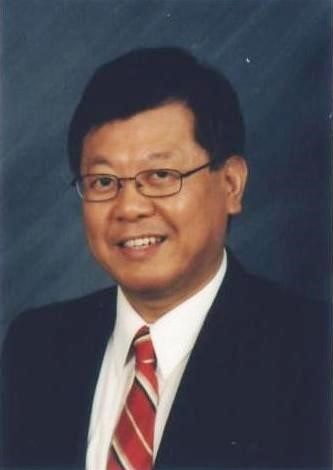
加拿大西安大略大学电气与计算机工程系终身教授
加拿大自然科学及工程研究基金会(NSERC)的仪表与控制首席科学家,加拿大工程院院士、工程与技术协会(IET)和国际自动化协会(ISA)Fellow
个人简介:
Prof. Jing Jiang is a Senior Industrial Research Chair Professor, in the Department of Electrical and Computer Engineering, University of Western Ontario in Canada. His research interests are in the areas of fault-tolerant control of safety-critical systems, instrumentation and control of nuclear power plants, and control of electrical power plants and power systems. He is a fellow of Canadian Academy of Engineering, a fellow of IET (formally IEE), a fellow of ISA, and a fellow of IEEE. He is also a member of International Electrotechnical Commission (IEC) 45A subcommittee to develop industry standards on instrumentation and control for nuclear facilities. He works closely with International Atomic Energy Agency (IAEA) on development of modern control and instrumentation systems for nuclear power plants.
姜晶教授1982年毕业于西安交通大学信息与电气工程专业(七七届), 分别于1984年和1989年获得加拿大电气工程硕士和博士学位。现为加拿大西安大略大学 (The University of Western Ontario) 电气与计算机工程系终身教授。加拿大自然科学及工程研究基金会(NSERC)的仪表与控制首席科学家。姜教授致力于容错控制、核电、工业物联网、新能源、可再生能源以及电力系统控制理论和应用研究工作。姜晶教授2010年被评为加拿大工程院 (Canadian Academy of Engineering, CAE) 院士、加拿大工程与技术学院 (The Engineering Institute of Canada, EIC) 院士、2006年授予工程与技术协会(IET)会士、2012授予年国际自动化协会(ISA)会士、2017年选入美国电气与电子工程师协会(IEEE) 会士。姜晶教授在过去十多年中与国际原子能机构核能分部密切合作,参加了六本核电站仪表与控制系统技术规范的编写工作。他还是国际电工委员会下属核电站仪控工业标准制定分会委员,为核电站安全控制的国际标准制订做出大量杰出工作。
报告摘要:
Virtual Reality (VR) and Augmented Reality (AR) are no longer limited to science fictions, or entertainment industries to create special visual effects. Such technologies have been seriously considered, and adopted by different industry sectors at various stages of the life cycle from product design, operation, training, maintenance, and repair services. With the advancement of wearable technologies and devices, VR and AR applications have become powerful enabling tools to proliferate human creativities. These technologies help to achieve optimal product design, more effective training, and safer operation and maintenance.
In this talk, we will present some application examples of VR and AR in industrial sectors with focus on training and maintenance tasks. These technologies are particularly useful in situations where direct visualization is difficult or dangerous. With rapid advance of wearable technologies, some of the current research activities and potential industrial applications of VR and AR technologies will also be discussed.
|


